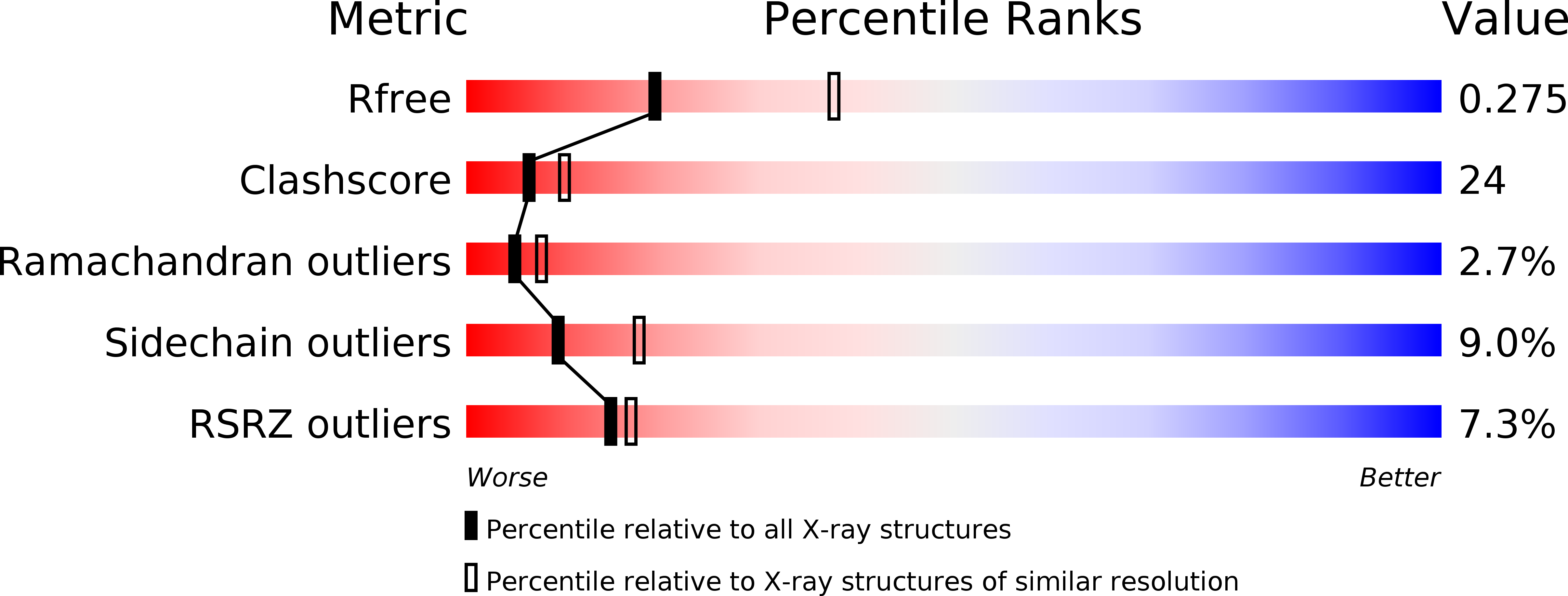
Deposition Date
2016-03-28
Release Date
2016-09-07
Last Version Date
2024-03-20
Method Details:
Experimental Method:
Resolution:
2.74 Å
R-Value Free:
0.27
R-Value Work:
0.22
R-Value Observed:
0.22
Space Group:
P 21 21 21


